Gabriel Fernandez’s life was marked by consistent abuse that eventually led to his tragic death. Gabriel Fernandez’s case highlights the urgent need for reform in child welfare practices and sparks vital conversations about protecting vulnerable children. As we delve into Gabriel’s heartbreaking journey, we uncover the systemic issues that allowed such a tragedy to occur and its lasting impact on our society. From the time he was placed in the care of his mother and her boyfriend, his suffering escalated.
Here, we can explore Gabriel Fernandez’s full story, from his difficult upbringing to the systemic failures that allowed such a tragedy to occur, shedding light on the pressing need for change in our society.
Table of Contents
The Tragic Life and Death of Gabriel Fernandez: A Case of Unchecked Abuse
The tragic story of Gabriel Fernandez has become a symbol of the failings within the child welfare system. Gabriel Fernandez’s case is not only a heartbreaking example of extreme abuse but also a stark reminder of how systemic negligence and institutional flaws can lead to the death of an innocent child. Gabriel’s life and death shine a light on the critical shortcomings in the child protection system—an underfunded, overworked network that failed him at every turn.
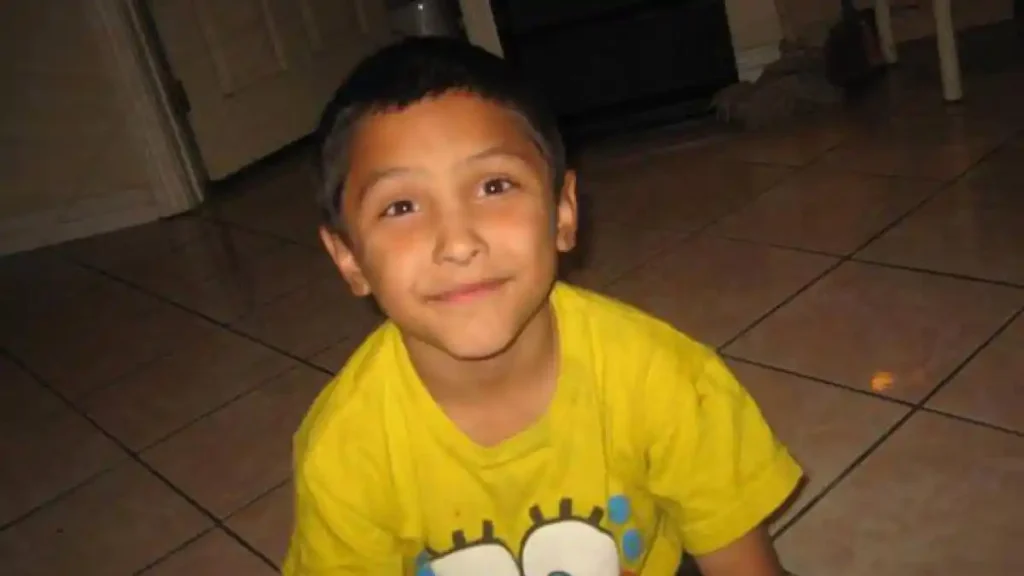
The trial of Gabriel Fernandez is a thorough and heartbreaking examination of the systemic forces that allow child abuse to flourish undetected in the United States. At the center of the series is Gabriel Fernandez, an eight-year-old boy who died in May 2013 after being severely abused and tortured by his mother and her boyfriend, both of whom were arrested and convicted for his death.
The Gabriel Fernandez Tragedy: A Devastating Failure of Child Protection
Gabriel’s abuse and eventual death were not sudden; they occurred over eight horrific months. During that time, multiple agencies, from law enforcement to social services, were made aware of his situation. Yet, each failed to take decisive action that could have saved his life.
From the start, there were numerous warning signs that Gabriel was in danger. His teacher, Jennifer Garcia, was the first to raise the alarm. She noticed injuries on Gabriel and reported her concerns to the Department of Children and Family Services (DCFS) in Los Angeles County. Over several months, she filed numerous reports detailing Gabriel’s bruises, burns, and signs of emotional distress. Despite this, Gabriel was never removed from his home.
Other concerned individuals also reported signs of abuse. Neighbors, family members, and even Gabriel expressed fears about returning home to his mother and her boyfriend. Despite the overwhelming evidence, CPS did not take the necessary steps to protect Gabriel. Social workers visited the Fernandez household several times but failed to follow up with thorough investigations. The result was catastrophic.
Who Killed Gabriel Fernandez? Uncovering the Truth Behind His Murder
Gabriel Fernandez was brutally murdered by his mother, Pearl Fernandez, and her boyfriend, Isauro Aguirre, in May 2013. Both were directly responsible for his abuse and ultimate death, a horrifying case that shocked the world due to the sheer cruelty involved. But who were these individuals, and what motivated them to inflict such pain on an innocent child?
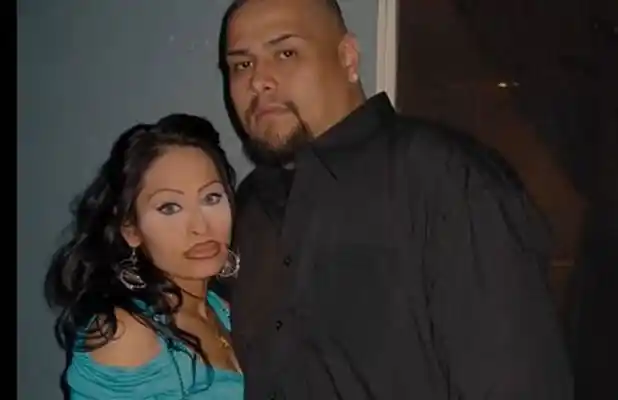
Pearl Fernandez and Isauro Aguirre: The Monsters Behind Gabriel Fernandez’s Murder
Pearl Fernandez, Gabriel Fernandez’s mom, had a troubled background. She struggled with substance abuse, mental health issues, and a history of violence. Relatives initially raised Gabriel due to Pearl’s instability, but in 2012, he was placed back in her care. Soon after returning to his mother, Gabriel’s life turned into a nightmare.
While Pearl Fernandez’s motivations for abusing Gabriel are complex, many speculate that she saw her son as an inconvenience and that she resented him. Reports suggest Pearl wanted to appease her boyfriend, Isauro Aguirre, who disliked Gabriel and viewed him as a target. Pearl Fernandez’s neglect and active participation in her son’s torture ultimately made her as responsible as Aguirre for the murder of Gabriel Fernandez.
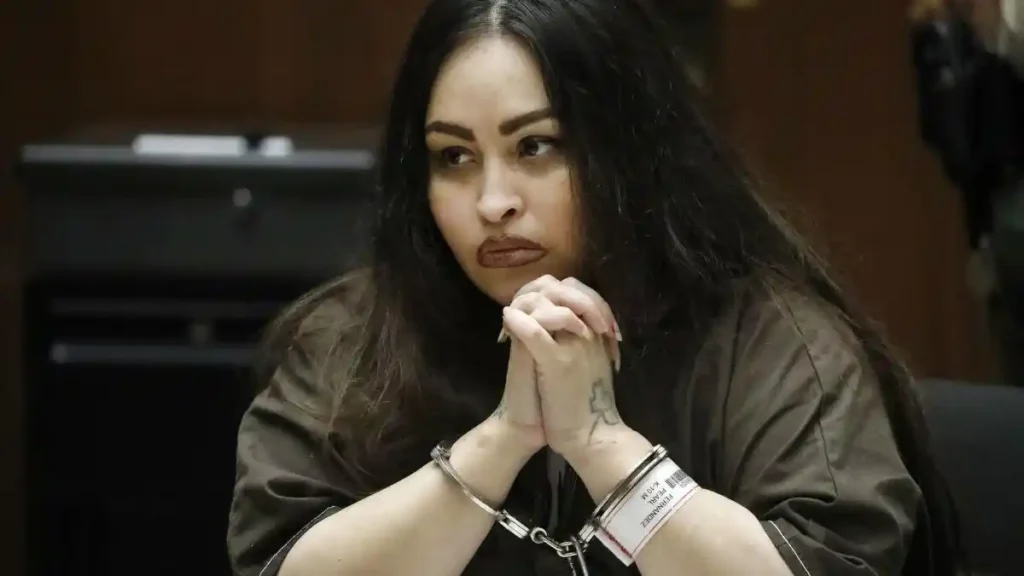
The case of Mitchelle Blair, who brutally harmed her own children, highlights a shocking trend of hidden abuse happening in homes.
Isauro Aguirre: The Perpetrator of Unimaginable Cruelty
Isauro Aguirre, Pearl’s boyfriend, was the primary aggressor in Gabriel’s abuse. Aguirre, a former security guard, was known for being quiet and reserved, but his behaviour towards Gabriel was nothing short of sadistic. He reportedly despised Gabriel significantly because he believed the boy was gay—although this was never confirmed.
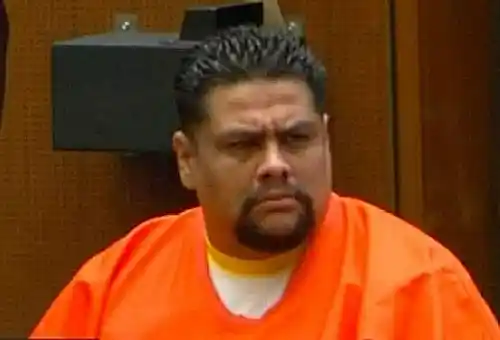
Aguirre’s motivation for the abuse seemed to stem from personal prejudices, anger, and a desire for control. He regularly beat Gabriel fernández, forced him to eat cat litter and spoiled food, and inflicted unimaginable cruelty. Neighbors and witnesses later described Aguirre as a violent man who took sadistic pleasure in tormenting Gabriel.
Why Did They Kill Gabriel?
The motivations behind Gabriel’s murder are rooted in a toxic combination of violence, neglect, prejudice, and unchecked anger. Aguirre’s hatred for Gabriel, driven by homophobia and a general disdain for the child, was fuelled by Pearl Fernandez’s unwillingness or inability to protect her son. Some suggest Pearl may have participated to maintain her relationship with Aguirre, who saw Gabriel as a burden.
What makes this case particularly horrifying is that the abuse wasn’t a sudden act of violence but rather a sustained, systematic campaign of torture over several months. Gabriel was beaten, burned, starved, shot with a BB gun, and locked in a cupboard. Aguirre and Fernandez had multiple opportunities to stop the abuse, but they chose to continue their brutal treatment until Gabriel was finally killed.
The Fatal Incident: Gabriel’s Last Day
On May 22, 2013, Gabriel was found unresponsive in his home after Aguirre and Pearl Fernandez inflicted fatal injuries. He was taken to the hospital, where doctors discovered Gabriel Fernandez’s injuries, including broken ribs, a fractured skull, and BB pellets embedded in his lungs and groin. Gabriel’s body was a tragic testament to the relentless abuse he had endured.
He died two days later, and the cause of death was determined to be blunt force trauma and neglect. Both Pearl and Aguirre were arrested shortly after.
The most glaring failure in Gabriel’s case lies with the social workers who were assigned to investigate the abuse reports. They either downplayed the severity of Gabriel’s situation or falsified records to make it appear like they had done their job.
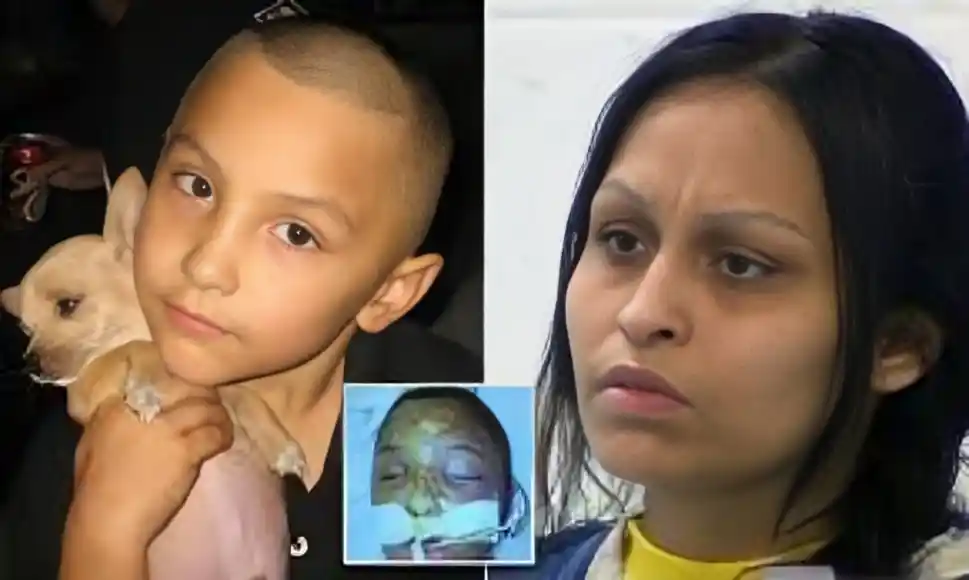
Several caseworkers overlooked clear signs of abuse, such as Gabriel’s weight loss, injuries, and emotional withdrawal. They failed to dig deeper or ask the right questions during their visits. What should have been a rigorous investigation into his living conditions turned into a superficial process where no meaningful intervention occurred. Ultimately, Gabriel’s case was allowed to slip through the cracks, leading to his death. In court, it was revealed that these social workers did not document the true nature of Gabriel’s injuries and instead closed their reports without escalating the case to a more serious level. This kind of bureaucratic negligence was a significant factor in Gabriel’s suffering and death.
Just like the world was stunned by the Mark David Chapman case, Gabriel’s death opened everyone’s eyes to the terrible things children can suffer in secret.
Why Couldn’t Gabriel Be Saved? The Systemic Failures
The most heartbreaking aspect of Gabriel’s death is that it was entirely preventable. Multiple warning signs and reports were ignored by the authorities, contributing to his prolonged suffering. Several key factors played a role in the systemic failure to protect Gabriel:
1. Reports from Teachers and Others Were Ignored:
Gabriel’s teacher, Jennifer Garcia, had reported signs of abuse on multiple occasions to Los Angeles County Child Protective Services (CPS). Other individuals, including family members and concerned neighbors, also raised alarms. Despite these reports, no substantial action was taken to remove Gabriel from his dangerous environment.
2. Inadequate Investigations by Social Workers:
The social workers assigned to Gabriel’s case failed to conduct thorough investigations. They overlooked apparent signs of abuse, failed to follow up on previous complaints, and sometimes falsified records to cover up their negligence. This shocking dereliction of duty led to calls for legal action against those involved. Prosecutors argued that these social workers had ignored their duty to protect gabriel hernandez story and had actively altered case files to cover up their failures. However, despite the charges, the case faced legal hurdles, and the charges were eventually dismissed. While the workers did not face jail time, their prosecution sent a powerful message about accountability within the child welfare system.
3. Law Enforcement’s Lack of Response:
Several encounters between law enforcement and the family occurred in the months leading up to Gabriel’s death. Despite being called to the home on multiple occasions, officers never took meaningful action to investigate or remove Gabriel from the home. Their failure to act was another missed opportunity to save his life.
4. Overworked and Underfunded Child Welfare System:
Gabriel’s case revealed the deeper issues within the child welfare system. Social workers were overwhelmed with cases and lacked the proper resources and training to handle the complexities of child abuse investigations. As a result, Gabriel’s life was lost due to systemic inefficiency and negligence. The failure to save Gabriel Fernandez was not solely due to individual negligence. It also revealed the broader issues plaguing the child welfare system. Like in many other regions, caseworkers in Los Angeles County were overburdened with high caseloads and under-resourced. Reports indicate that social workers handled far more cases than they could adequately manage, leading to rushed investigations and poor decision-making.
The failures of the child welfare system, similar to the ones that cause wrongful convictions, played a big role in the tragic death of Gabriel Fernandez.
Case Summary
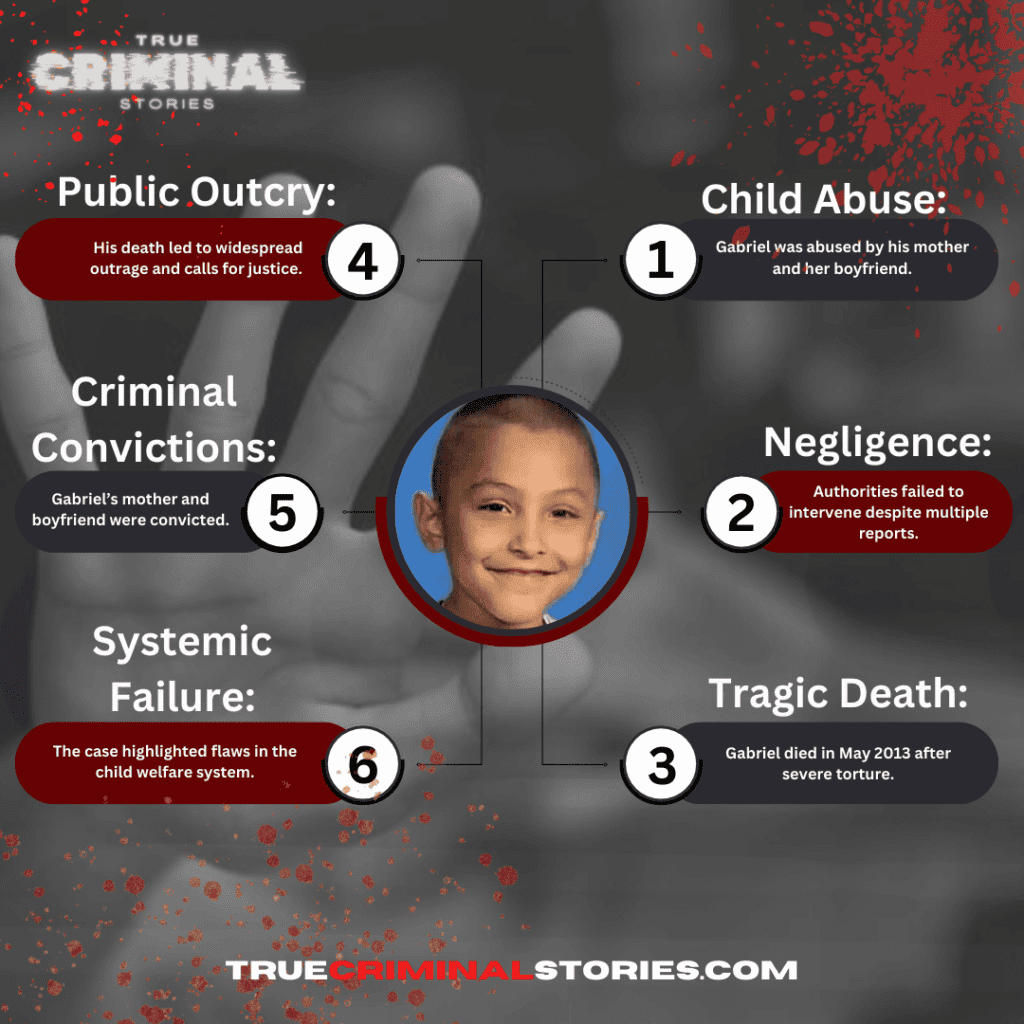
Why Gabriel Fernandez’s Murder Matters Today
Gabriel Fernandez’s death remains one of the most harrowing cases of child abuse in recent history. His story has led to meaningful conversations about child protection and the failures within the system that allowed him to suffer for so long. It highlights the critical need for reform in child welfare services, better training for social workers, and more robust responses from law enforcement when abuse is reported. Gabriel’s memory serves as a tragic reminder that vulnerable children must be safeguarded at all costs, and the systems in place to protect them need to be held accountable to prevent similar cases in the future.
Book about Gabriel Fernandez Case
Read “MY NAME IS GABRIEL FERNANDEZ: A Child Abuse True Crime Story“
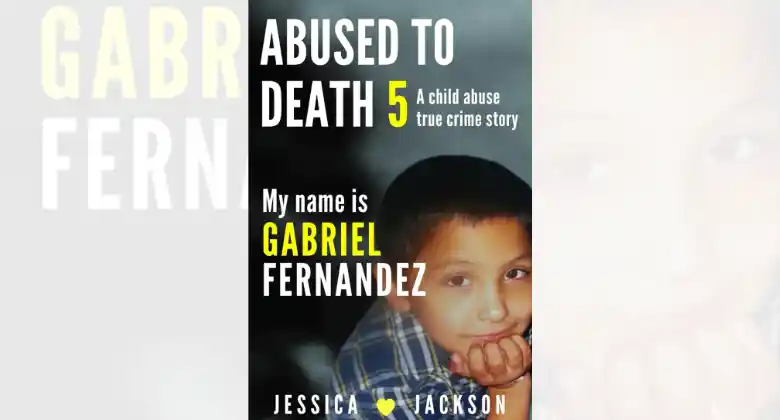
The tragic story of Gabriel Fernandez, perhaps the most well-known case of child abuse resulting in death in the U.S., is the sole focus of this book.
Conclusion
Gabriel Fernandez’s story is one of systemic failure at every level. His death was not just the result of the horrific abuse he endured at the hands of his mother and her boyfriend but also a reflection of how deeply flawed the child protection system can be. Despite repeated warnings, cries for help, and visible signs of abuse, the system designed to protect him failed him in the worst way possible. Gabriel Fernandez will never be forgotten, and his story must continue to fuel change in the child welfare system to ensure that no child suffers as he did.
FAQs
Is Isauro Aguirre still alive?
No, Isauro Aguirre is not alive. He was convicted of the murder of Gabriel Fernandez and sentenced to death. Isauro Aguirre was the boyfriend of Gabriel Fernandez’s mother, Pearl Fernandez.
When did Gabriel Fernandez die?
Gabriel Fernandez died on May 24, 2013. The tragic circumstances surrounding his death have sparked widespread outrage and prompted discussions about child abuse and the failures of the social services system.
Why did Gabriel Fernandez’s mom hurt him?
Gabriel Fernandez’s mother hurt him due to a combination of factors, including mental health issues, a toxic relationship, stress, and a lack of empathy.
Who are Gabriel Fernandez’s siblings?
Gabriel Fernandez’s siblings, including an older brother and two younger siblings. They were all affected by the abuse in the household and were placed into foster care after Gabriel’s tragic death.
Were Gabriel Fernandez’s siblings interviewed during the investigation?
Yes, Gabriel Fernandez’s siblings were interviewed as part of the investigation. Their testimonies helped uncover the abuse that occurred in the home and contributed to the prosecution’s case against the perpetrators.
What is Gabriel Fernandez’s birthday?
Gabriel Fernandez was born on February 20, 2005.
How old would Gabriel Fernandez be today?
If Gabriel Fernandez were alive today, he would be 19 years old.